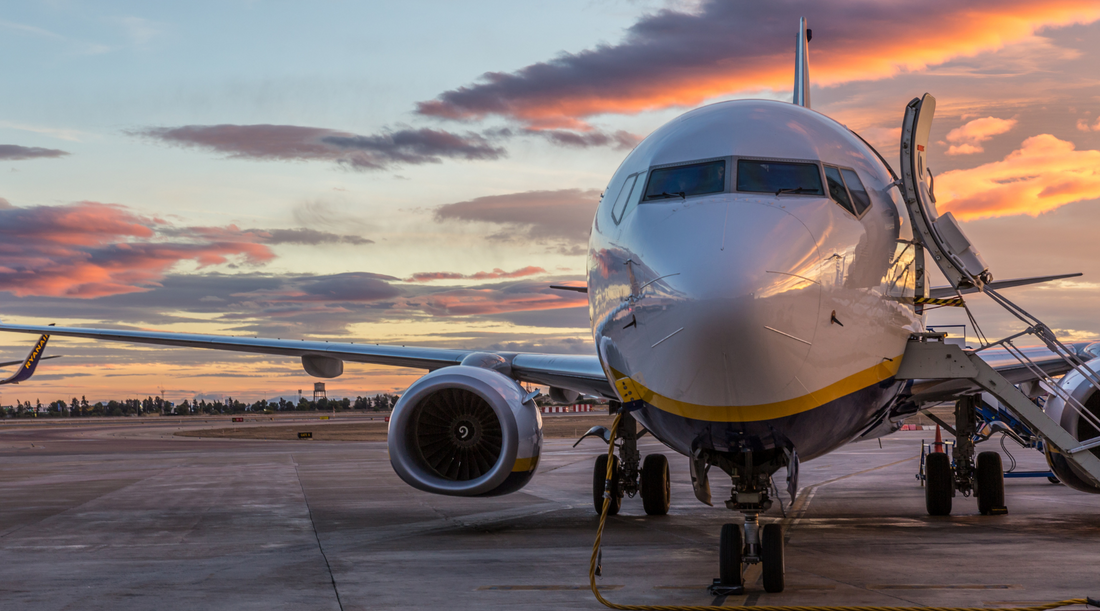From Humble Beginnings to Soaring Success: Ryanair's Low-Cost Climb
The story of Ryanair is one of grit, innovation, and unwavering commitment to a singular vision: affordable air travel for all. From its humble beginnings in 1985 with a single 15-seater turboprop, the Irish airline has transformed into Europe's largest carrier by passenger numbers, leaving its competitors trailing in its wake. But how did this budget airline achieve such remarkable success?
Taking Flight: Founded by Michael O'Leary and Liam Lonergan, Ryanair's initial goal was straightforward – to offer cheap flights connecting Ireland with the UK. Their strategy was equally unpretentious: emulate Southwest Airlines' low-cost model, focusing on short-haul, point-to-point routes, secondary airports with lower landing fees, and a no-frills experience. With Ryanair, amenities like free meals and assigned seating were swapped for rock-bottom ticket prices, attracting a new demographic of price-conscious travellers.
Scaling Up: Ryanair's growth has been nothing short of phenomenal. It capitalised on the deregulation of the European aviation market in the 1990s, aggressively expanding its network across Europe. The airline's fleet ballooned from a handful of turboprops to a staggering 210 Boeing 737-800s today, with orders for another 210 placed – solidifying its position as the largest Boeing 737 customer globally.
The Art of Efficiency: But mere scale wouldn't explain Ryanair's dominance. The airline meticulously optimises every aspect of its operation to maximise efficiency and minimise costs. This includes:
- Standardisation: A single aircraft type minimises maintenance complexity and training needs.
- Secondary airports: Lower landing fees translate to cheaper tickets.
- Quick turnarounds: Ground time is kept to a minimum, maximising aircraft utilisation.
- Ancillary revenue: Passengers pay extra for checked baggage, priority boarding, and other 'optional' services.
- Stringent cost control: From fuel hedging to meticulous staff scheduling, every euro is scrutinised.
Facing the Competition: Ryanair's low-cost approach has undoubtedly disrupted the European airline industry. Traditional carriers struggled to compete with its rock-bottom fares, often forced to introduce their own budget subsidiaries. Some, like Monarch Airlines, simply couldn't adapt and ceased operations. However, Ryanair has faced criticism for its aggressive tactics, accused of nickel-and-diming passengers with hidden fees and stringent baggage policies.
Looking Ahead: Despite the controversies, Ryanair's success is undeniable. Its low-cost model has democratised air travel, making it accessible to millions. As it continues to expand its network and refine its operations, one thing is certain: Ryanair's journey is far from over. While competitors scramble to adapt, the question remains: can anyone truly outmanoeuvre the low-cost giant? Only time will tell, but one thing is certain – Ryanair's story is a testament to the power of innovation, efficiency, and an unwavering commitment to a unique vision.

